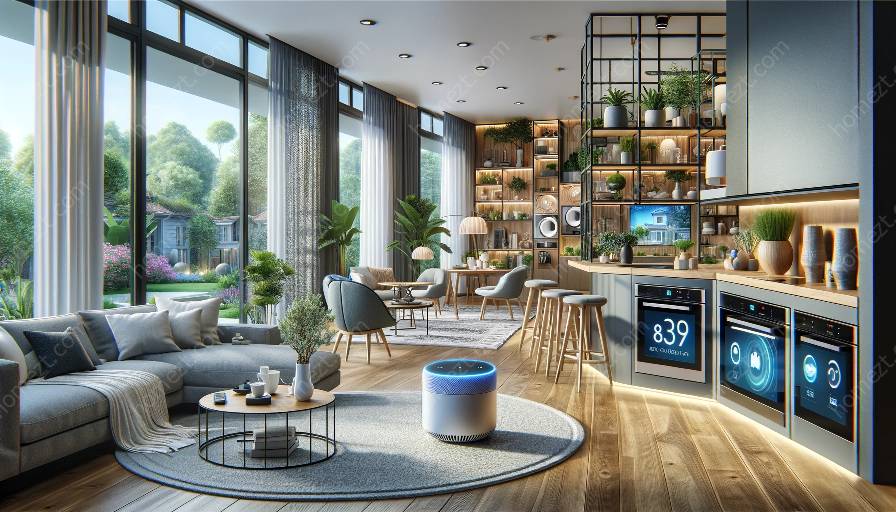Voice-controlled home appliances have significantly transformed the lives of elderly and disabled individuals, bringing a new level of accessibility and independence to their daily routines. This innovative technology, intertwined with intelligent home design, offers a seamless and user-friendly experience, enhancing the quality of life for those with physical limitations.
The Advantages of Voice-Controlled Home Appliances
For many elderly and disabled individuals, traditional home appliances can present challenges due to mobility issues or physical limitations. By incorporating voice-controlled features into these appliances, tasks such as adjusting the thermostat, turning on lights, or operating kitchen appliances become much more manageable and convenient. This hands-free approach enables individuals to complete everyday tasks with ease, fostering a sense of empowerment and autonomy.
Moreover, voice-controlled home appliances cater to the specific needs of elderly and disabled individuals, allowing them to personalize their living spaces based on their preferences. From setting reminders for medication to controlling entertainment systems, these technologies offer a tailored and inclusive environment that promotes comfort and safety.
Enhancing Accessibility through Intelligent Home Design
Intelligent home design complements voice-controlled appliances by creating a seamless and accessible living environment. With features such as automated door openers, motion-activated lighting, and adjustable furniture, homes can be transformed to accommodate diverse mobility needs. This inclusive design approach promotes freedom of movement and independence, fostering a comfortable and supportive atmosphere for elderly and disabled individuals.
Beyond physical accessibility, intelligent home design also emphasizes sensory considerations, such as audio cues and tactile indicators, to assist individuals with visual or auditory impairments. By integrating these elements into the home environment, the overall living experience becomes more intuitive and accommodating.
The Evolution of Interaction and Communication
Voice-controlled home appliances have revolutionized the way elderly and disabled individuals interact with their living spaces. The shift from manual operation to voice commands has redefined the relationship between individuals and their home environments, offering a more natural and intuitive mode of communication.
Furthermore, the integration of artificial intelligence and personalized voice recognition technologies has allowed for a deeper level of interaction, creating a more responsive and adaptive home environment. This personalized approach not only enhances convenience but also fosters a sense of companionship and connection, particularly for those who may experience feelings of isolation.
Empowering Independence and Quality of Life
The impact of voice-controlled home appliances on elderly and disabled individuals extends far beyond convenience; it encompasses a profound transformation in lifestyle and well-being. By empowering individuals with the tools to independently manage their living spaces and daily routines, these advancements contribute to an improved sense of autonomy and self-confidence.
Moreover, the seamless integration of voice-controlled technology and intelligent home design fosters a supportive and inclusive environment, enabling individuals to lead fulfilling lives while remaining connected to their surroundings. This holistic approach to accessibility and comfort ultimately enhances the overall quality of life for elderly and disabled individuals, promoting a greater sense of well-being and contentment.


